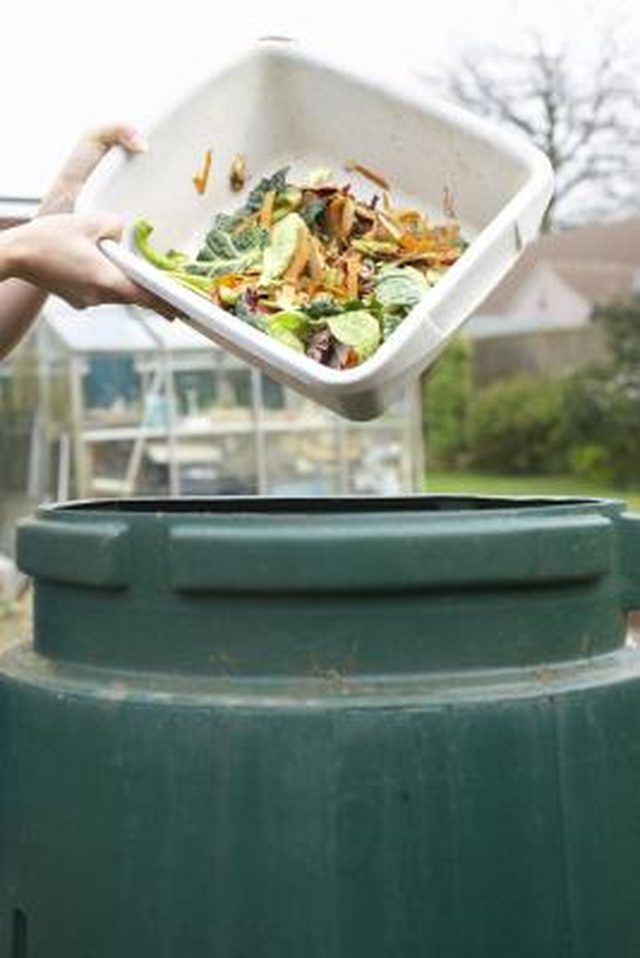Bulbs
Flower Basics
Flower Beds & Specialty Gardens
Flower Garden
Garden Furniture
Garden Gnomes
Garden Seeds
Garden Sheds
Garden Statues
Garden Tools & Supplies
Gardening Basics
Green & Organic
Groundcovers & Vines
Growing Annuals
Growing Basil
Growing Beans
Growing Berries
Growing Blueberries
Growing Cactus
Growing Corn
Growing Cotton
Growing Edibles
Growing Flowers
Growing Garlic
Growing Grapes
Growing Grass
Growing Herbs
Growing Jasmine
Growing Mint
Growing Mushrooms
Orchids
Growing Peanuts
Growing Perennials
Growing Plants
Growing Rosemary
Growing Roses
Growing Strawberries
Growing Sunflowers
Growing Thyme
Growing Tomatoes
Growing Tulips
Growing Vegetables
Herb Basics
Herb Garden
Indoor Growing
Landscaping Basics
Landscaping Patios
Landscaping Plants
Landscaping Shrubs
Landscaping Trees
Landscaping Walks & Pathways
Lawn Basics
Lawn Maintenance
Lawn Mowers
Lawn Ornaments
Lawn Planting
Lawn Tools
Outdoor Growing
Overall Landscape Planning
Pests, Weeds & Problems
Plant Basics
Rock Garden
Rose Garden
Shrubs
Soil
Specialty Gardens
Trees
Vegetable Garden
Yard Maintenance
How to Fix Clay Soil in a Yard
How to Fix Clay Soil in a Yard. If you live in an area plagued by clay soil, you may find that your yard is prone to flooding when it rains or that your garden plants grow poorly. Dense and compacted, clay soil causes poor growing conditions for plants and will create pools of standing water because the ground is unable to absorb water when it...

If you live in an area plagued by clay soil, you may find that your yard is prone to flooding when it rains or that your garden plants grow poorly. Dense and compacted, clay soil causes poor growing conditions for plants and will create pools of standing water because the ground is unable to absorb water when it rains. The average homeowner can choose from a few different ways to fix clay soil in a yard.
Things You'll Need
Rear-tine rotary tiller
Shovel
Hard-tine rake
Dead leaves
Topsoil
Newspaper
Organic compost
Garden hose or watering can
Roto-tilling
Use a rear-tine rotary tiller to loosen the top few inches of the yard soil. Roto-tilling is one of the easiest ways to loosen soil in the yard because the tilling machine performs the hardest work for you.
Break apart large pieces of clay using a shovel, hard-tine rake or your hands. Any lumps of clay that are three to four inches in diameter should be broken into smaller fragments.
Add a layer of dry, organic material, such as dry leaves, wood chips or straw, to the tilled area. Using the rotary tiller, till the dry material until it is blended into the soil completely.
Place a one- to two-inch layer of top soil onto the area you are working. Till the top soil into the ground with the rotary tiller until the top soil, dry materials and clay soil are well mixed.
Pancake Method
Lower the deck of your lawnmower and mow grass as short as possible.
Place a layer of newspaper two-sheets thick on top of the area you want to fix. Using a watering can or a garden hose with a sprinkler nozzle attachment, wet the newspaper until it is completely damp but not saturated.
Place a one-inch layer of topsoil across the newspaper so that it is completely covered. Cover the soil with a layer of organic compost. This layer of compost does not need to be very thick, but should evenly cover the topsoil that is in place.
Add a layer of natural straw, not hay, to the top of the compost. Hay often contains weeds which will contaminate your yard with unwanted growth, so natural straw should be used instead. Water the layered materials with the hose or watering can until they are soaked through.
Repeat steps beginning with the newspaper until the layers reach a height of approximately six to eight inches. Water the area often to keep the layers wet as they break down and decompose into the soil. This process will take about four to six months to complete, depending on outside temperatures.
Clay Soil Removal
Use a shovel to dig out a section of soil that is six to eight inches deep. Remove the soil from the site as it is no longer needed.
Place a one- to two-inch layer of dry organic materials into the hole.
Fill the hole using topsoil. Use enough soil to create a small mound after the hole has been filled so that as it rains and the soil settles, it will even out with the rest of the yard.
Tips & Warnings
Offer to rake and remove dead leaves from your neighbors' yards to use when you are roto-tilling your soil.
Check with your local garden supply store or independent plant nursery for natural straw that is used for gardening.
Use standard black and white newspaper for layering in the pancake method. This newspaper is more biodegradable and will break down better.
Do not use a front-tine rotary tiller to till clay soil. A rear-tined tiller is more powerful and will break through thick soil more efficiently.
Completely removing clay soil from your yard will change the nutrients the soil contains. Some native plants will not grow well in loose soils, so consider these plants when fixing the clay soil in your yard.
Clay soil is very fertile, while topsoil is nutrient deficient. You may need to add nutrients to replaced soil to make it more plant friendly.
Frequent roto-tilling can cause damage to the infrastructure of your soil. After you have roto-tilled your clay soil once and added material to break up the clay, only roto-till the garden once every few years.